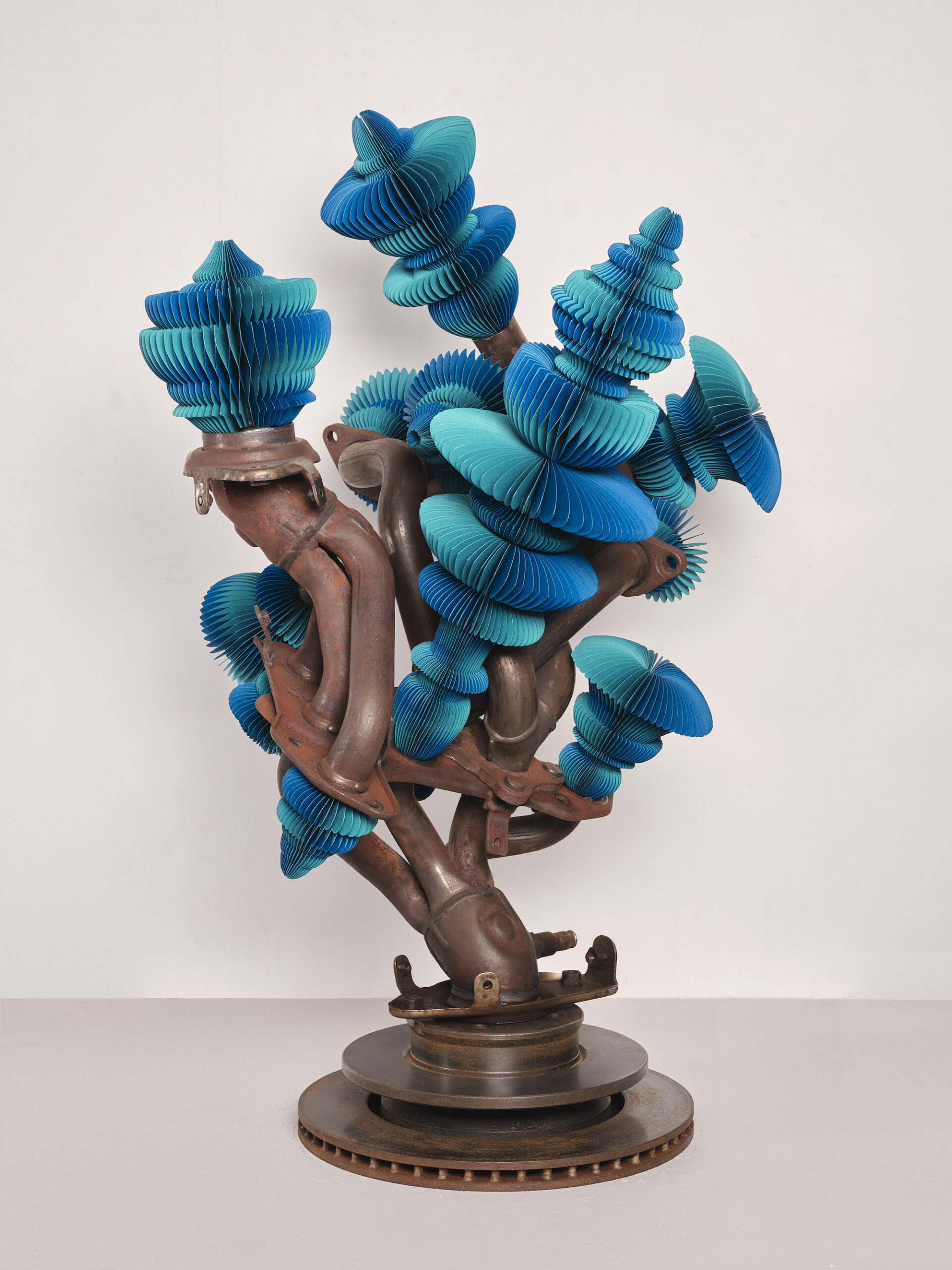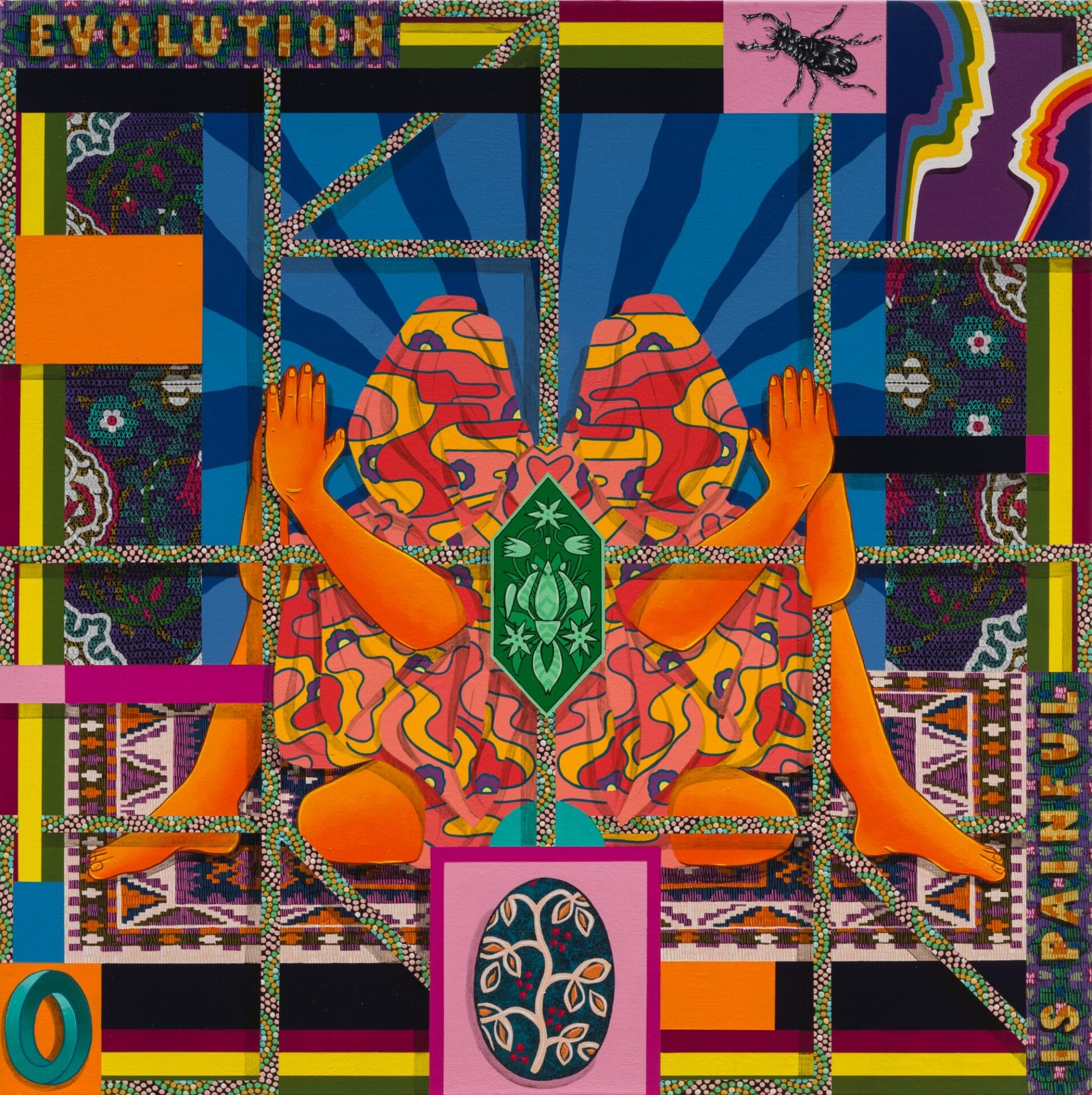Edge of the Horsehead Nebula. All images courtesy of NASA/ESA/CSA
Focused on the part of the sky where you can spot the constellation Orion (“The Hunter”) on clear nights, the James Webb Space Telescope’s latest dispatch blinks in astonishing images from an area known as the Orion B molecular cloud.
At 1,300 light-years away—more than 7.8 quadrillion miles from Earth—the cloud is the closest star-forming region to our solar system. And rising from the turbulent field of gas and dust is Barnard 33, commonly known as the Horsehead Nebula. The gradually collapsing, interstellar cloud is more than 5.8 billion miles tall, composed of material illuminated by a hot star nearby. Over millions of years, the gas clouds surrounding the formation have dissipated, but the pillar remaining today is composed of thick clumps that are harder to erode, providing scientists with a perfect subject for study.
Webb zoomed in on the top crest of the nebula to capture the region’s complexity with never-before-seen spatial resolution. Using imagery from the telescope’s MIRI and NIRCam instruments, an international team of astronomers has revealed small-scale structures along the illuminated edge of the Horsehead for the first time.
In addition to photographs, the team has released a mesmerizing gyroscopic video, taking us on a journey through the light-years in just under two minutes and providing a sense of the enormous scale and distance Webb documents. Explore more of Webb’s missions on NASA’s website.
Do stories and artists like this matter to you? Become a Colossal Member today and support independent arts publishing for as little as $5 per month. The article The James Webb Space Telescope Reveals Details of the Horsehead Nebula in Unprecedented Resolution appeared first on Colossal.


